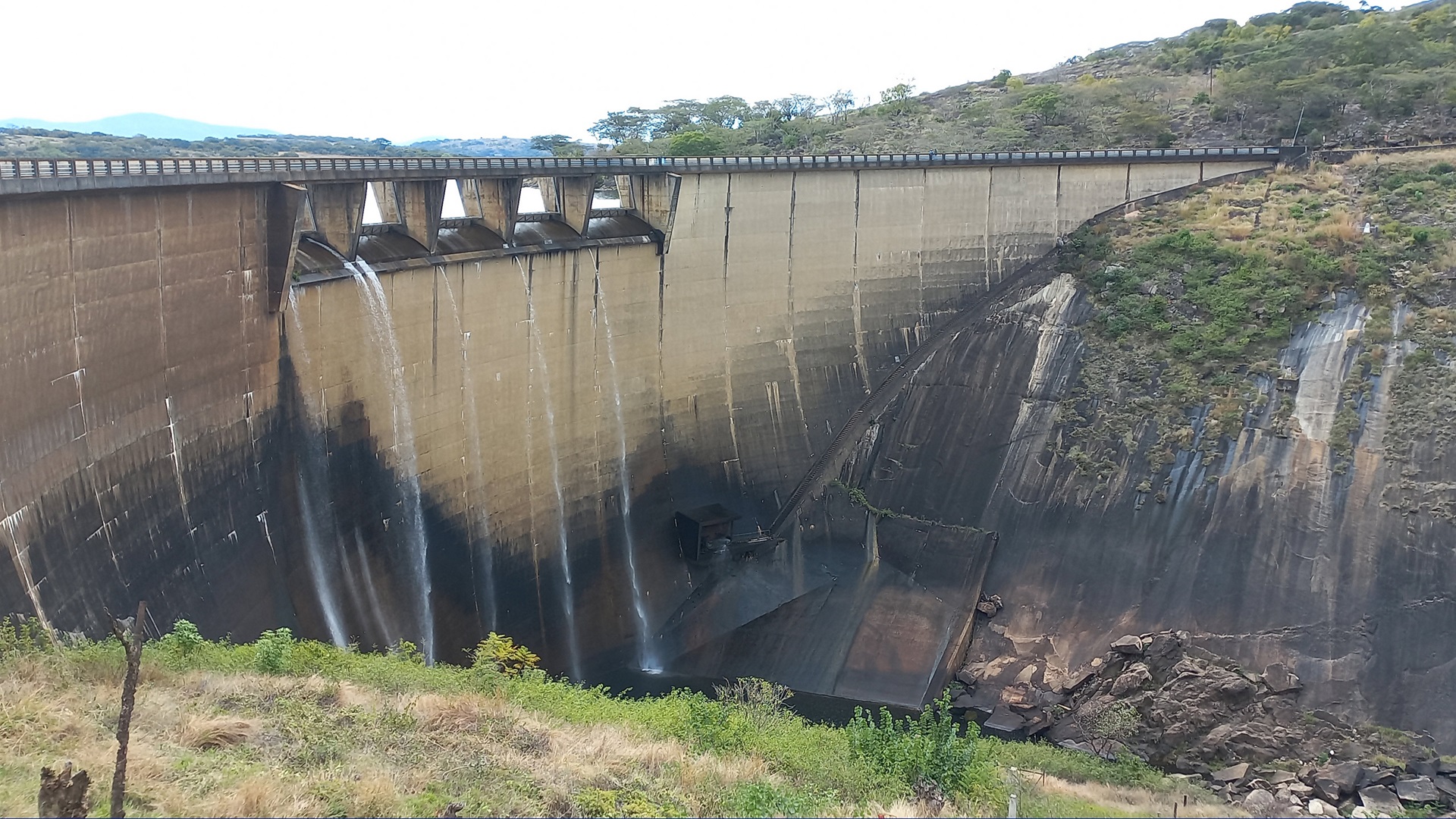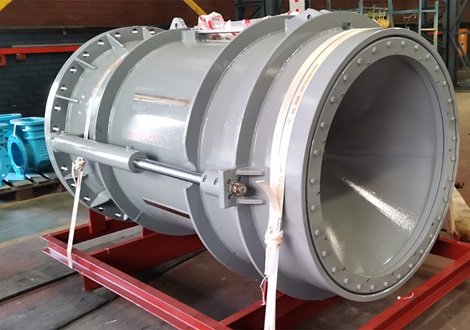
In a recent project in Zimbabwe, fixed cone valves from Glenfield Invicta have been delivered to a new hydroelectric power station.
Harnessing the Energy of Flowing Water
This comprehensive project involves establishing a 5MW run-of-the-river hydropower facility on an existing dam, an innovative approach that leverages the natural water flow to generate electricity. The initiative aims to ease Zimbabwe’s ongoing energy shortages.
The hydropower station is being integrated into a river dam previously used solely for irrigation and drinking water, with no prior energy generation infrastructure.
Our team was assigned to develop a design and present a compelling value proposition. To better understand the existing setup, site visits were conducted in Zimbabwe by Jason Kessell, Engineering Manager, and Prosper Shoniwa, Business Development Manager at AVK Valves Southern Africa. The delegation also included representatives from the Zimbabwe National Water Authority (ZINWA), the EPC contractor, and the project developer.
Manufacturing concluded in December 2022, and per the agreement we delivered our fixed cone sleeve valves in January 2023.


AVK in Zimbabwe
AVK’s history in Zimbabwe dates back to the early 1930s with its first recorded involvement at the Khami River Dam in Bulawayo, delivered through its Scottish branch, Glenfield Valves. Since then, AVK has contributed energy-dissipating valves to several notable projects in the region, including the Pungwe to Mutare Christmas Pass initiative (1997) and the Marovanyati Dam development (2021/22). To date, the AVK Group has provided valves and sluice gates to over 100 dams and hydropower installations across Africa.
Fixed Cone Valve – Engineered for Flow Control & Energy Dissipation
Designed to regulate flow and reduce energy, the fixed cone valve is primarily installed at the end of a pipeline system. It plays a key role in bottom outlet configurations of dams, often used to bypass turbines, maintain compensation flow to rivers, initiate rapid drawdown of water levels, or support desilting—removing fine sediment from reservoir water. The valve is optimized for high-velocity and large-volume flow conditions.
Its energy dissipation mechanism operates by releasing a fine, conical sheet of water into open air. This curtain rapidly loses energy as it breaks into droplets and falls into a purpose-built stilling basin. Internally, guide blades divide the incoming flow, directing it out through a fixed cone-shaped exit. As the stainless-steel sleeve is retracted, it allows the high-speed jet to emerge. Since the dissipation takes place in the atmosphere, cavitation is avoided entirely. The cylindrical shape of the sleeve maintains hydraulic balance, minimizing operational stress and force requirements.